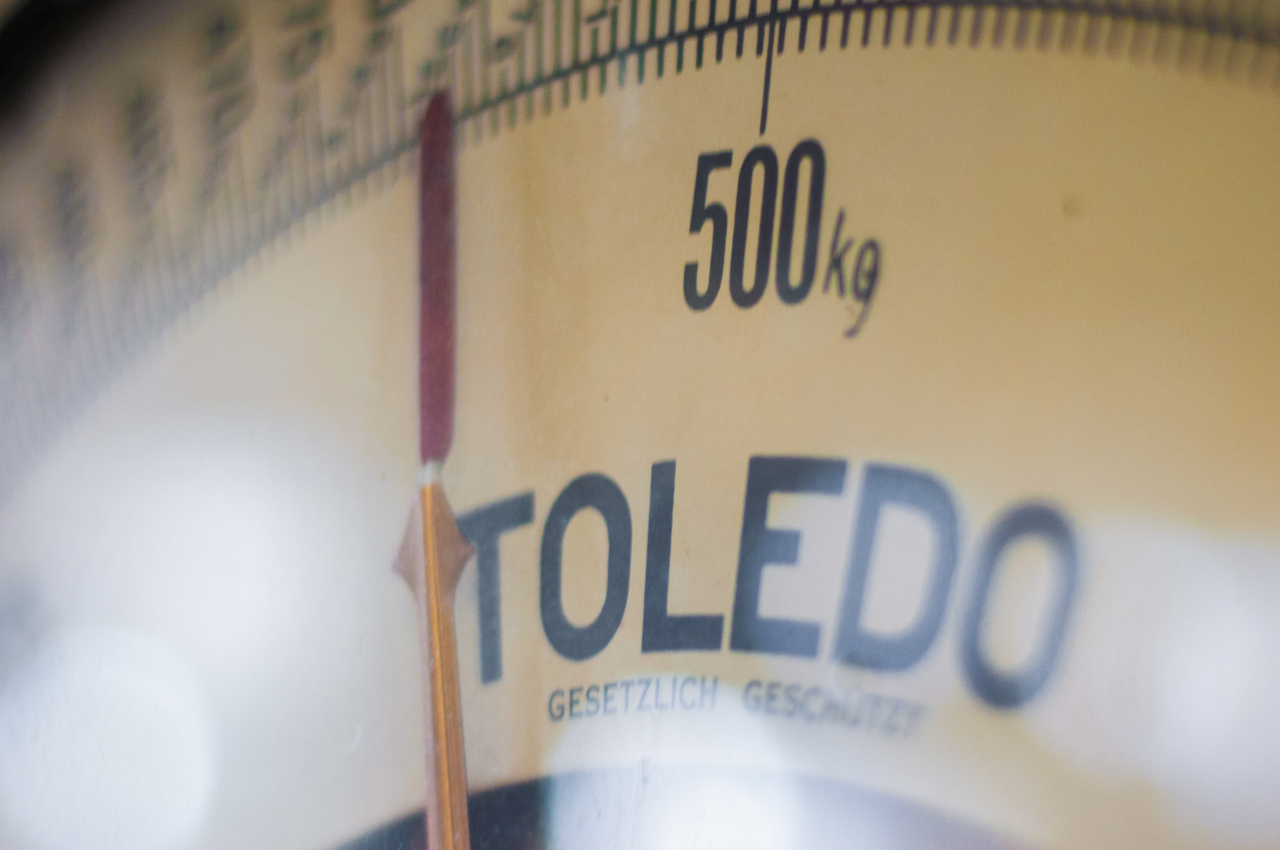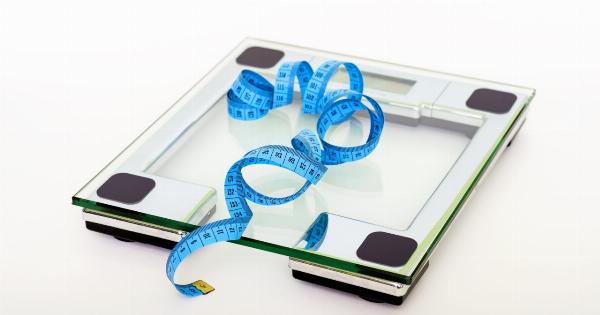Weight measurement is a crucial aspect of our daily lives. Whether you are trying to lose weight, maintain a healthy weight, or reach a fitness goal, measuring your weight accurately is fundamental for success.
The use of appropriate weight measurement techniques can help you keep track of your progress and make informed choices regarding your health and wellness. In this article, we have compiled the top 6 weight measurement techniques you can use to monitor your weight.
1. Bathroom Scale
A bathroom scale is one of the most common tools used for measuring weight. It is a simple device that can be used to track weight loss or gain over time. These scales can either be analog or digital and come in a variety of shapes and sizes.
They are relatively affordable and can be found at most home goods stores or online retailers.
2. Body Fat Caliper
A body fat caliper is a tool used to measure body fat percentage. It works by pinching the skin and tissue at different locations on the body, which helps to estimate the amount of body fat present.
Calipers are usually lightweight and low-cost, making them an affordable and accessible tool to track body fat percentage.
3. Bioelectrical Impedance Analysis (BIA)
Bioelectrical impedance analysis (BIA) is a more advanced method of measuring body fat, which works by sending a small electrical current through the body.
The resistance of body tissues to the current is measured, and from there, an estimate of body fat percentage can be calculated. BIA is relatively affordable and can be performed at home using a BIA scale or other portable devices.
4. Dual-energy X-ray Absorptiometry (DEXA)
Dual-energy X-ray absorptiometry (DEXA) is considered the gold standard for measuring body fat and bone density.
It uses low-dose X-rays to produce a detailed image of the body, from which various measures like body fat percentage, bone mineral density, and lean mass can be calculated. However, DEXA scanning is costly and requires specialized equipment, making it less accessible to the general public.
5. Air Displacement Plethysmography (ADP)
Air displacement plethysmography (ADP) is another technique used to measure body composition. It works by measuring the volume of air displaced by the body when seated in a small chamber, called a Bod Pod.
From this measurement, body density can be estimated, which can then be used to calculate body fat percentage. ADP is relatively quick and non-invasive, making it a popular option for research studies and athletic performance testing.
6. Hydrostatic Weighing
Hydrostatic weighing, also known as underwater weighing, is another gold standard technique for measuring body fat and body composition. It works by measuring a person’s weight while submerged in water.
The water displacement is used to calculate body volume, from which body density can be estimated. From this measurement, body fat percentage can be calculated. Hydrostatic weighing requires a specialized facility and trained personnel, making it less accessible than other weight measurement techniques.
Conclusion
Choosing the right weight measurement technique can make a significant impact on your health and wellness goals.
Whether it’s using a bathroom scale, body fat caliper, or one of the more advanced techniques like BIA or DEXA scanning, each method has its own advantages and disadvantages. Understanding the pros and cons of each technique can help you make an informed decision and select the method that suits your needs best.





















